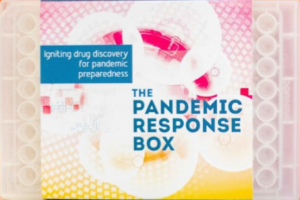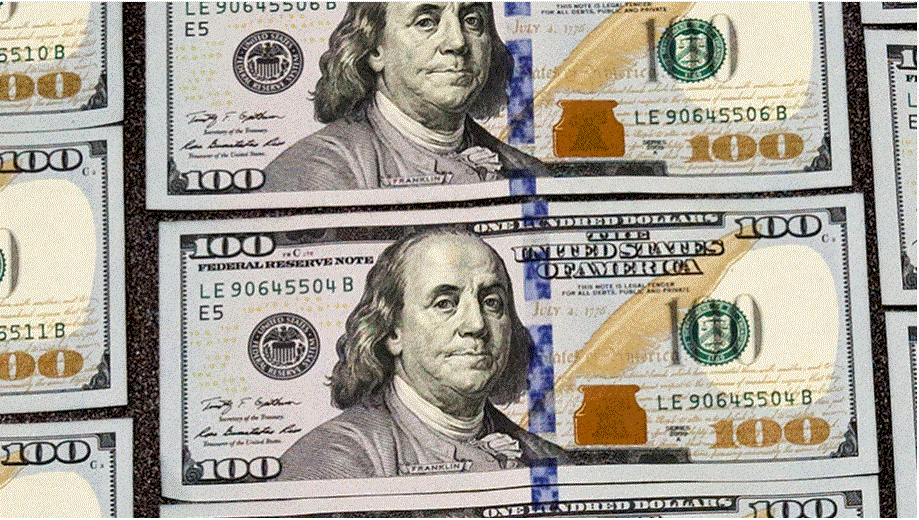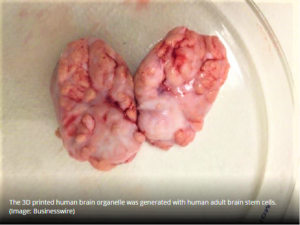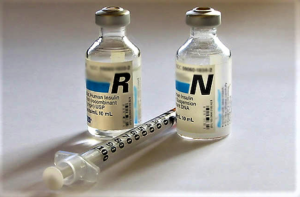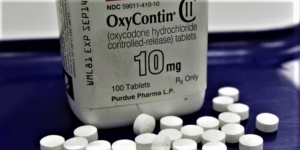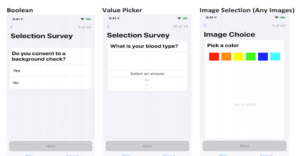- MMV and DNDi create a response box to foster R&D for pandemic diseases (pharmaceutical-technology.com)
Medicines for Malaria Venture has collaborated with the Drugs for Neglected Disease initiative to create a pandemic response box, which contains 400 structurally diverse antibacterial, antiviral and antifungal compounds to help accelerate the discovery and development of new treatments of pandemic diseases...The response boxes are available free of charge to global researchers from universities and pharmaceutical companies. In return, researchers are expected to publicly share results from research and development based on the compounds within two years of obtaining a box...MMV chief scientific officer Dr Timothy Wells said: The pandemic response box came about in response to the need to be prepared for a future global health emergency...Open innovation is one of the keys to unlocking new potential for drug discovery and tapping into existing expertise to kickstart new research efforts...
- Study Shows Significant Number Of Antibiotic Prescriptions Are Not Necessary (techtimes.com)Appropriateness of outpatient antibiotic prescribing among privately insured US patients: ICD-10-CM based cross sectional study (bmj.com)
The world is experiencing a superbug problem: strains of bacteria are rapidly becoming resistant to modern drugs, making them harder to treat...However, a new study found that a significant number of antibiotics prescription are not appropriate. Researchers warned that their findings suggest that experts might have underestimated the rate of overprescription, which gives rise to superbugs...The analysis revealed that 23.2 percent of the prescribed antibiotics were not appropriate, 35.5 percent were potentially appropriate, and 28.5 percent were not associated with a diagnosis which might also mean that they were inappropriate...Roughly 2.2 million of the 14.6 million adults involved in the study had at least one antibiotic prescription that is unnecessary to treat their ailments...
- U.S. health care industry spends $30 billion a year on marketing (reuters.com)Medical Marketing in the United States, 1997-2016 (jamanetwork.com)
Spending on health care advertising in the U.S. has almost doubled over the past two decades as companies compete for their share of the world’s biggest health care market...Annual health care marketing surged from $17.7 billion in 1997 to at least $29.9 billion in 2016, driven by a rapid spike in spending on direct-to-consumer (DTC) advertisements for prescription drugs, the study found...DTC spending climbed from $2.1 billion to $9.6 billion...Pharmaceutical marketing to health professionals accounted for the biggest outlay, and climbed from $15.6 billion to $20.3 billion despite new policies at hospitals and medical schools designed to limit industry influence over prescribing...
- Flushed Pharmaceuticals Are Likely Drugging Stream Dwellers Like The Platypus (blogs.discovermagazine.com)A diverse suite of pharmaceuticals contaminates stream and riparian food webs (nature.com)
The pharmaceuticals that our bodies don’t use are cleared from our systems and flushed down into sewage systems, processed in water treatment plants, and finally dumped into streams and other waterways...an alarming number of pharmaceutical compounds aren’t filtered out during the treatment process. Research...shows that this might have an even bigger effect on stream ecosystems than anyone expected...A range of drugs used by humans were detected in Australian stream invertebrates and the spiders that eat them. The researchers have reason to worry that this will have compounding effects up the food chain – to stream predators like trout, or Australian favorite the platypus.
- The digital drug: Internet addiction spawns U.S. treatment programs (reuters.com)
The internet, while not officially recognized as an addictive substance, similarly hijacks the brain's reward system by triggering the release of pleasure-inducing chemicals and is accessible from an early age..."The brain really doesn't care what it is, whether I pour it down my throat or put it in my nose or see it with my eyes or do it with my hands,"..."A lot of the same neurochemicals in the brain are occurring."...Even so, recovering from internet addiction is different from other addictions because it is not about "getting sober,"...The internet has become inevitable and essential in schools, at home and in the workplace...It's always there...IS IT A REAL DISORDER?...Medical experts have begun taking internet addiction more seriously.
- Swiss team develop ‘microswimmer’ robot to deliver drugs through the body (reuters.com)
A tiny sliver of elastic material swims along inside a narrow tube, coiling up and changing shape in response to the thickness of fluid and the contours of the tube around it as it moves towards its goal...The miniature robot - the bacteria-inspired brainchild of a team of scientists in Switzerland seeking new methods to deliver drugs to diseased tissue - is designed to wend its way through blood vessels and other systems in the body...The tiny soft microswimmer robot they have developed is a few millimeters in length and made using a folding technique similar to the Japanese art of origami, helping it adapt to the environment around it...
- 3D printed brain helps characterize 11 lead compounds, neuropathological research (outsourcing-pharma.com)
The stem cell research and therapeutics company Celprogen has identified and characterized 11 lead compounds for potential drug candidates for the treatment of Alzheimer’s, Parkinson’s, and Glioblastoma using its 3D model system...The 3D model system is unique since it represents the data generated closer to in-vivo data, eliminates animal studies, and represents patient’s brain physiological format...poor animal study design and reporting have raised concerns about whether current processes are the best way to conduct effective and efficient drug development...3D model systems aim to better inform risk-based decisions in drug development...
- U.S. insulin costs per patient nearly doubled from 2012 to 2016: study (reuters.com)
The cost of insulin for treating type 1 diabetes in the United States nearly doubled over a five-year period, underscoring a national outcry over rising drug prices...A person with type 1 diabetes incurred annual insulin costs of $5,705, on average, in 2016. The average cost was roughly half that at $2,864 per patient in 2012...the jump in spending was driven primarily by higher insulin prices overall and, to a lesser extent, a shift toward more expensive insulin products. Average daily insulin use rose only 3 percent over the same five-year period...The findings come amid new outrage over the cost of prescription drugs in the United States, the highest in the world...
- Study links opioid epidemic to painkiller marketing (reuters.com)Association of Pharmaceutical Industry Marketing of Opioid Products With Mortality From Opioid-Related Overdoses (jamanetwork.com)
Researchers are reporting a link between doctor-targeted marketing of opioid products and the increase in U.S. deaths from overdoses...In a county-by-county analysis, they found that when drug companies increased their opioid marketing budgets by just $5.29 per 1,000 population, the number of opioid prescriptions written by doctors went up by 82 percent and the opioid death rate was 9 percent higher a year later...“It really doesn’t take much marketing to increase the number of deaths,” lead author Dr. Scott Hadland...Jordan Trecki of the U.S. Drug Enforcement Administration warns that the new analysis only addresses part of the problem...“As the opioid epidemic grows, it is evolving beyond prescription medications and heroin to involve illicitly produced fentanyl, fentanyl-related substances and other opioids, either alone or in combination,”...
- FDA unveils open source code for collecting patient data (healthcareitnews.com)FDA’s MyStudies Application (App) (fda.gov)
The Food and Drug Administration launched a new app Wednesday to gather data for clinical trials and other research directly from patients...The FDA released the MyStudies app source code to the public, allowing developers and researchers to tailor the app to suit their research needs. The agency designed the app to facilitate the use of real-world data in research...Patients can submit real-world data to the app via their mobile devices. Researchers can then link those data to other electronic health information. The goal is to improve drug development...“Better capture of real world data, collected from a variety of sources, has the potential to make our new drug development process more efficient, improve safety and help lower the cost of product development,” FDA Commissioner Dr. Scott Gottlieb said in a statement. “Our hope is that the collection of more real world data directly from patients, using a secure app, will lead to more efficient product development and assist with safety monitoring.”

